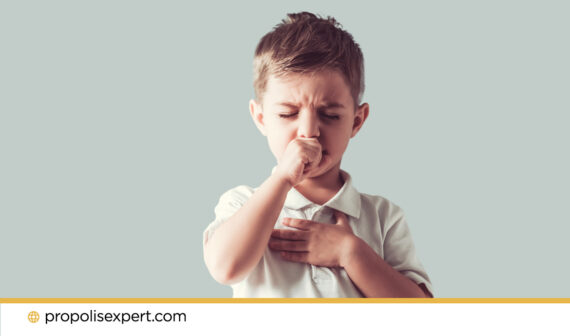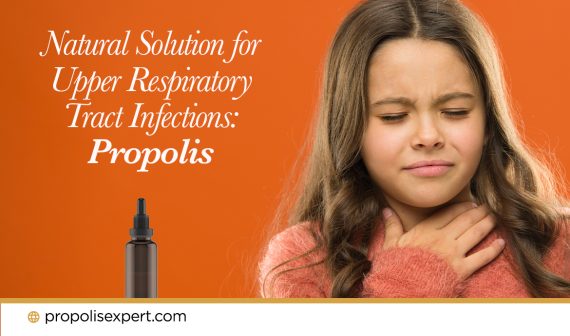Infertility is the inability to achieve pregnancy due to the impairment of reproductive capacity in any individual, even though couples desire to have children. In this blog post, we will focus on what infertility is, its symptoms, the factors causing infertility, and the natural dietary supplements that can be used in infertility treatment; we will emphasize the positive effects of royal jelly on infertility.
What is Infertility?
Infertility is a common condition that can occur in both women and men, where couples who wish to have children cannot achieve pregnancy due to any individual’s impairment of reproductive capacity.
Symptoms of Infertility
Infertility symptoms are often unclear and are usually not noticed until the desired time for having children arrives. In women, symptoms of infertility may include irregular menstrual periods, painful menstrual periods, and excessive bleeding. In men, symptoms may include sexual problems, low sperm quality or quantity, and hormonal issues.
Factors Causing Infertility
Many factors can lead to infertility, and research shows that approximately 28% of cases may have unexplained causes. In women, factors causing infertility may include hormonal imbalances, polycystic ovary syndrome (PCOS), blocked fallopian tubes, and conditions like endometriosis. In men, factors such as low sperm quality, low sperm count, and hormonal issues can be prominent causes. Age, stress, obesity, and poor dietary habits can also impact infertility.
Natural Dietary Supplements for Infertility Treatment
It is essential to consult with an infertility specialist to evaluate suitable treatment approaches and make decisions together for the most appropriate treatment for the couple. However, factors that can be modified, such as weight control, maintaining an ideal body mass index, and healthy eating, can be considered to support infertility treatment. Royal jelly is also among the natural foods recommended by experts for inclusion in infertility treatment.
What is Royal Jelly?
Royal jelly is a natural bee product secreted by the glands located in the throats of worker bees. It is a creamy, whitish, nutritious substance that nourishes young bees and bees in the beehive. In addition to unique components specific to royal jelly, it contains vitamins, minerals, proteins, carbohydrates, and fibers. While a worker bee lives for about 45 days, the queen bee is known to live for approximately seven years. An intriguing fact about the life of bees is that the queen bee is exclusively nourished with royal jelly. The primary role of a queen bee fed with royal jelly is to ensure the colony’s continuity, and for this purpose, a queen bee lays an average of 1,500 eggs per day.
Benefits of Royal Jelly
Royal jelly is a natural food with several important health benefits. Numerous scientific studies have been conducted on the health benefits of royal jelly. Thanks to its rich nutritional content, royal jelly helps increase energy levels. It also positively affects the immune system, supporting the body’s ability to fight viruses and cancer cells by enhancing T-lymphocyte production. Furthermore, it aids in increasing collagen production, contributing to skin health and beauty. Scientific research has also explored the potential of royal jelly to improve sperm quality and egg count. With its valuable fatty acids, it supports heart and vascular health. Therefore, royal jelly is a precious supplement for those seeking a healthy lifestyle.
Royal Jelly and Infertility
In 2018, the efficiency of royal jelly on infertility treatment was investigated with thirty-two immature female rats at Kermanshah University. The animals were divided into four groups; the first three received 100 mg/kg/kg/day of royal jelly, 200 mg/kg/kg/day of royal jelly, or 400 mg/kg/day of royal jelly for 14 days. The 4th group was given only 0.5 ml of distilled water. The serum levels of ovarian hormones, nitric oxide, and antioxidant power were evaluated. The ratios of the ovarian and uterine weight to body weight were calculated. At the end of the study, the body weights and the number of mature follicles and corpora lutea increased with the intake of the royal jelly supplement, in addition to a significant boost in antioxidant capacity and a substantial decrease in nitric oxide level. The authors concluded that royal jelly promotes folliculogenesis, increases ovarian hormones, and can be considered a natural growth stimulator for immature female animals.
Another scientific study at the University of Sohag in Egypt in 2008 aimed to investigate the effect of royal jelly and honey on male infertility originating from low sperm mobility (astenozoospherm). A total of 99 couples applying to a fertility clinic were included in the study. One group used midcycle pericoital vaginal applications of honey/royal jelly, and the other experienced a standard intrauterine insemination procedure for three cycles or until conception occurred for both groups. After a 2-month purification period, couples who do not have a pregnancy are crossed. According to the results of the 553 cycles analyzed, 23 pregnancies have been detected per cycle in the royal jelly and honey group compared to only seven in the other group, indicating a statistically significant difference. The authors suggested applying honey/royal jelly H/RJ intravaginally as a simple and reasonably effective method of treating asthenozoospermia.
The Benefits of Royal Jelly for Infertility
Scientific studies indicate that royal jelly may be a natural food supporting infertility treatment. I recommend that for couples battling infertility, both partners consider consuming a teaspoon of fresh royal jelly regularly for at least six months as a supportive measure alongside medical treatments.
References:
1. Ghanbari E, Khazaei M, Nejati V, Royal Jelly Promotes Ovarian Follicles Growth and Increases Steroid Hormones in Immature Rats, Int J Fertil Steril, Vol 11, No 4, Jan-Mar 2018
2. Abdelhafiz, A. T., & Muhamad, J. A. (2008). Midcycle pericoital intravaginal bee honey and royal jelly for male factor infertility. International Journal of Gynaecology and Obstetrics: the official organ of the International Federation of Gynaecology and Obstetrics, 101(2), 146–149. https://doi.org/10.1016/j.ijgo.2007.11.012






